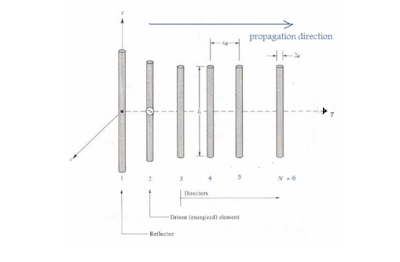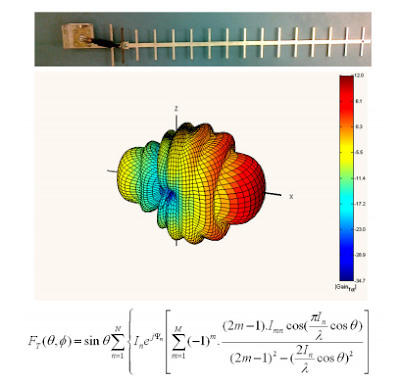Dish Playmaker Portable Satellite Dish
This product RV Antenna only for 1 receiver.
Perfect for the RV, camper, motorhome, cabin, fishing, hunting, or tailgating.
Compatible with your current Dish subscription or Pay-As-You-Go programming providing convenience of no long contracts or commitments. Dish customers can add Pay-As-You-Go programming to their home account.
Improved Signal Strength
Features high-strength, military-grade aluminum reflector for improved signal strength. Up to 20% greater signal strength!
One of example Customer image Dish Playmaker Installed on their RV


























